Skin is the largest organ in our body and has the potential to reveal a thing or two about our health. Dermatologists, in fact, are of the opinion that the changes – ranging from discolouration to some growth – on the skin could be indicative of a more serious health problem. However, the danger sign need be raised only when these changes persist, they advise.
Changes to watch out for include:
- An unusual rash that does not respond to treatment or is accompanied by fever and aches and pains in the body –it could indicate an internal problem or infection.
- A rash on the top of the feet or a purple rash on the lower legs that does not respond to topical medication could be hepatitis C infection.
- Rash on the back of the neck or around the arms that is velvety to touch and is in a darker shade than your normal skin tone is a sign of your increased risk for developing type 2 diabetes.
- Rashes developed from an allergy to a new medicine could be a sign of a serious condition known as DRESS (Drug Reaction (or Rash) with Eosinophilia and Systemic Symptoms) syndrome.
- Dermatomyositis is an inflammatory muscle disease with notable skin changes, including a violet-coloured rash on the upper eyelids and in areas that are exposed to sunlight, and raised, scaly bumps on the knuckles.
- New growth could be sign of skin cancer; certain tumours of the skin can be a sign of internal disease or a genetic syndrome.
- Yellow or waxy looking bumps on the arms, legs or trunk could be a sign of uncontrolled diabetes.
- Yellowing of the skin can indicate liver disease.
- Any noticeable darkening of creases in the skin, sun-exposed areas, joints, and old scars, could be a sign of hormonal disease.
- Bronzing of the skin in diabetes could be a sign of an inherited defect in iron metabolism.
- Any unusual change in the texture – softening or hardening – of the skin could indicate an underlying medical problem.
- Thickening of the skin on the shin could be indicative of high blood pressure and kidney problems.
- Very dry and itchy skin could be a sign of hormonal problems.
- Very loose and silky skin is a symptom of a rare connective tissue disease; it could signal blood cancers.
- Changes in the colour and/or shape of the nails can also indicate deficiency or organ system issues (liver and kidney problems can sometimes cause changes in the nail colour).
Common skin problems:
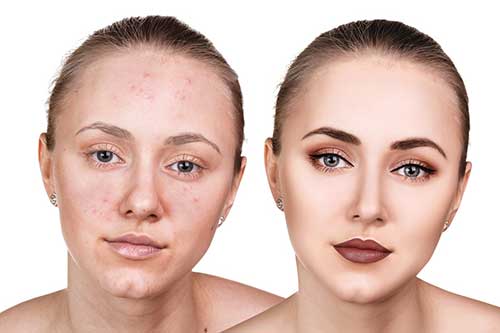
Acne
This is the most common skin problem that affects a whopping 80 per cent of people, especially in the adolescent years. It is, however, treatable with over-the-counter medications or prescription drugs.
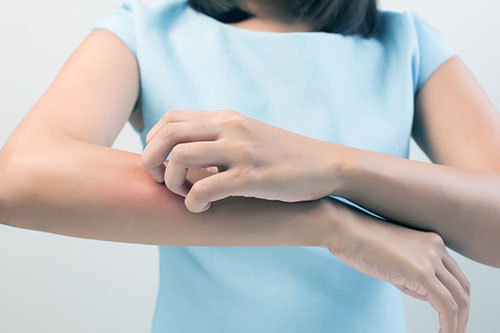

Eczema
Eczema is a long-term skin disease, which manifests as dry and itchy skin, rashes on the face, inside the elbows, behind the knees, and on the hands and feet.


Hives
Hives are those red bumps on the skin, which are often itchy. They are usually caused by an allergic reaction to a drug or food; it could also be caused by infections and stress. Although they usually go away on their own, medical assistance would be needed if the case is a serious one.
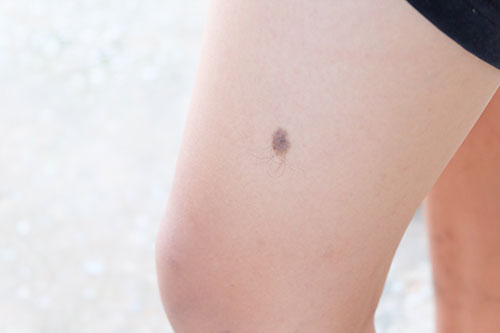

Melanoma
This is a severe and potentially life-threatening skin cancer. Press the panic button if you see one of the following signs on the mole: the shape of one half does not match the other half; the edges are ragged or irregular; colour is uneven with shades of black and brown; and there is an increase in size. Treatment would include surgery, chemotherapy, biological therapy, radiation therapy or a combination.


Psoriasis
Psoriasis causes scaling and swelling. These patches can itch or feel sore and are often found on the elbows, knees, parts of legs, scalp, lower back, face, palms, and soles of the feet; they can show up on other areas as well. However, it is hard to diagnose as it can look like other skin diseases and the doctor might need to test a skin sample. Treatment depends on how serious the disease is, the size of the patches, the type and how the patient reacts to medicines.
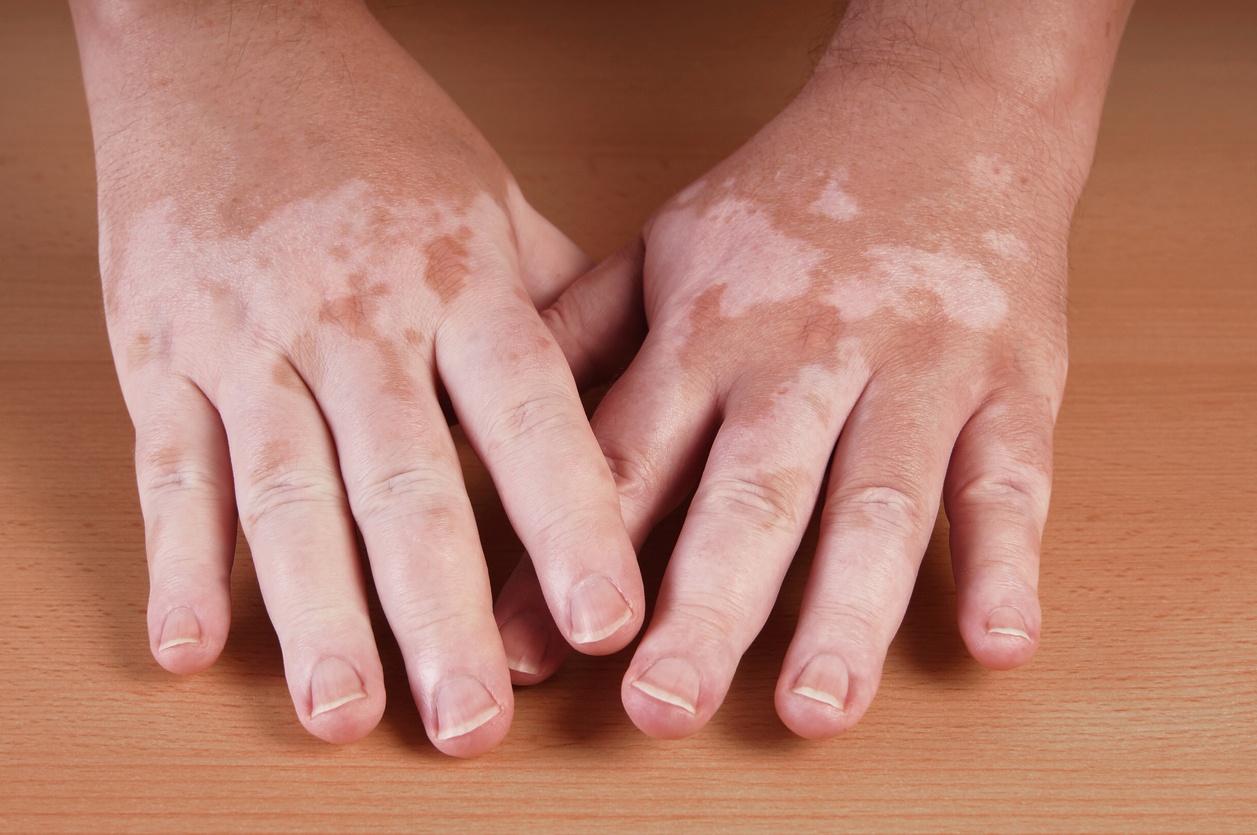

Vitiligo
There is loss of pigment in the skin with vitiligo. Loss of colour could be in patches or in segments. It is not life threatening, but could be life altering, as it can lead to low self-esteem among some.
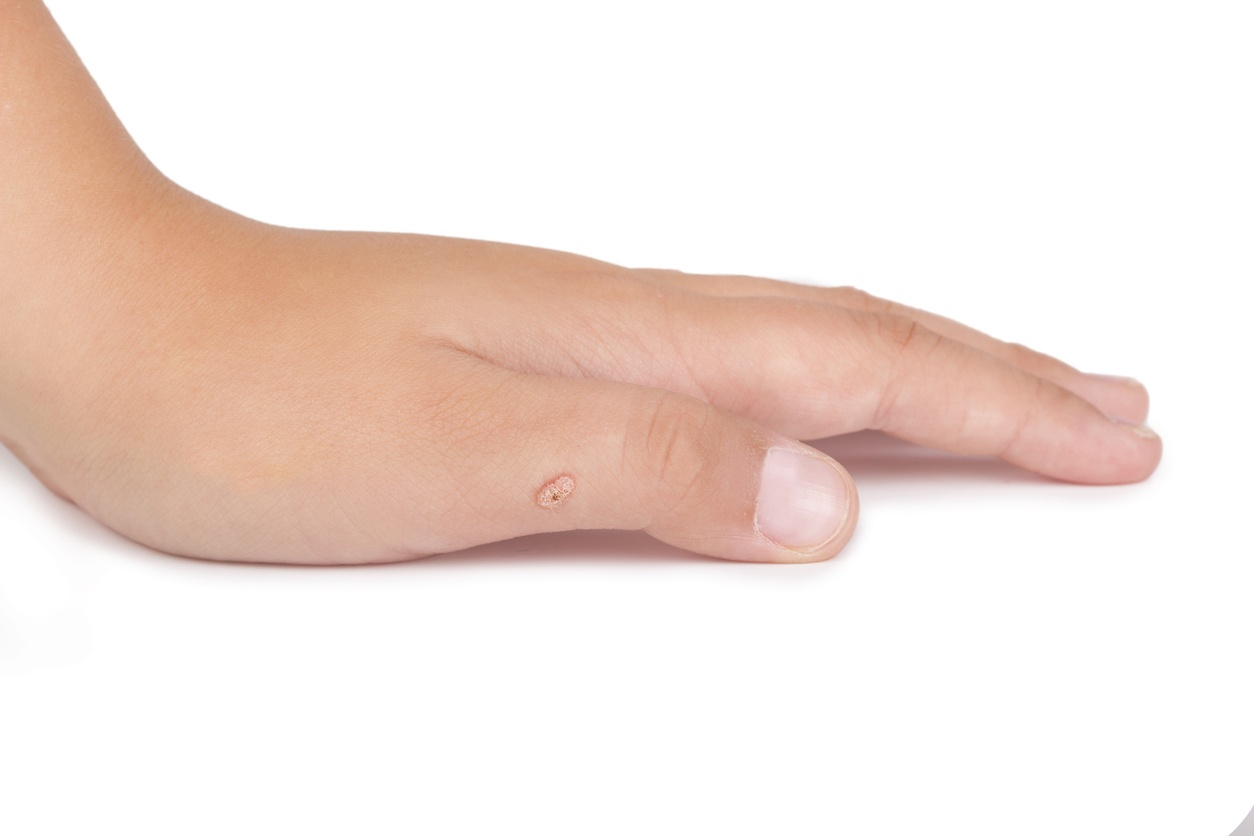

Warts
Warts are skin growths that are caused by the human papillomavirus (HPV). There are more than 60 kinds of HPV, of which some cause warts on the skin. Common ones tend to appear on the fingers, near the fingernails of on hands. These are generally harmless and disappear without treatment.
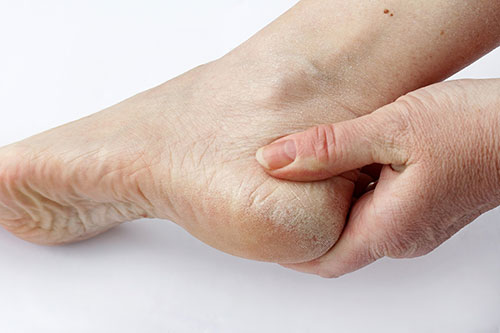

Corns and calluses
Corns occur on the tops and sides of the feet, while calluses can develop on hands, feet or in places where there is repeated friction.


Shingles
Shingles is a painful rash, which usually appears in a band, a strip, or a small area on a side of the face or body. Most people will not get shingles more than once, but that is not a rule.
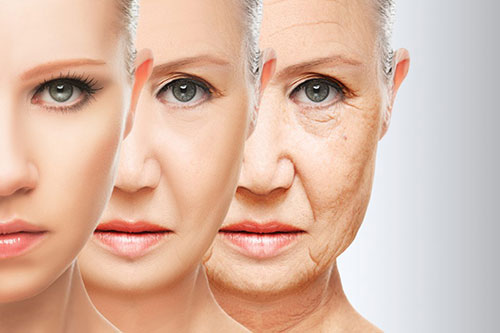

Wrinkles
Wrinkles cannot be classified as a skin problem as it is universal sign of ageing. Skin changes with age and bring with it wrinkles, age spots, and dryness. While sunlight is a major cause of skin ageing, cigarette smoking also has a big say in causing wrinkles.
